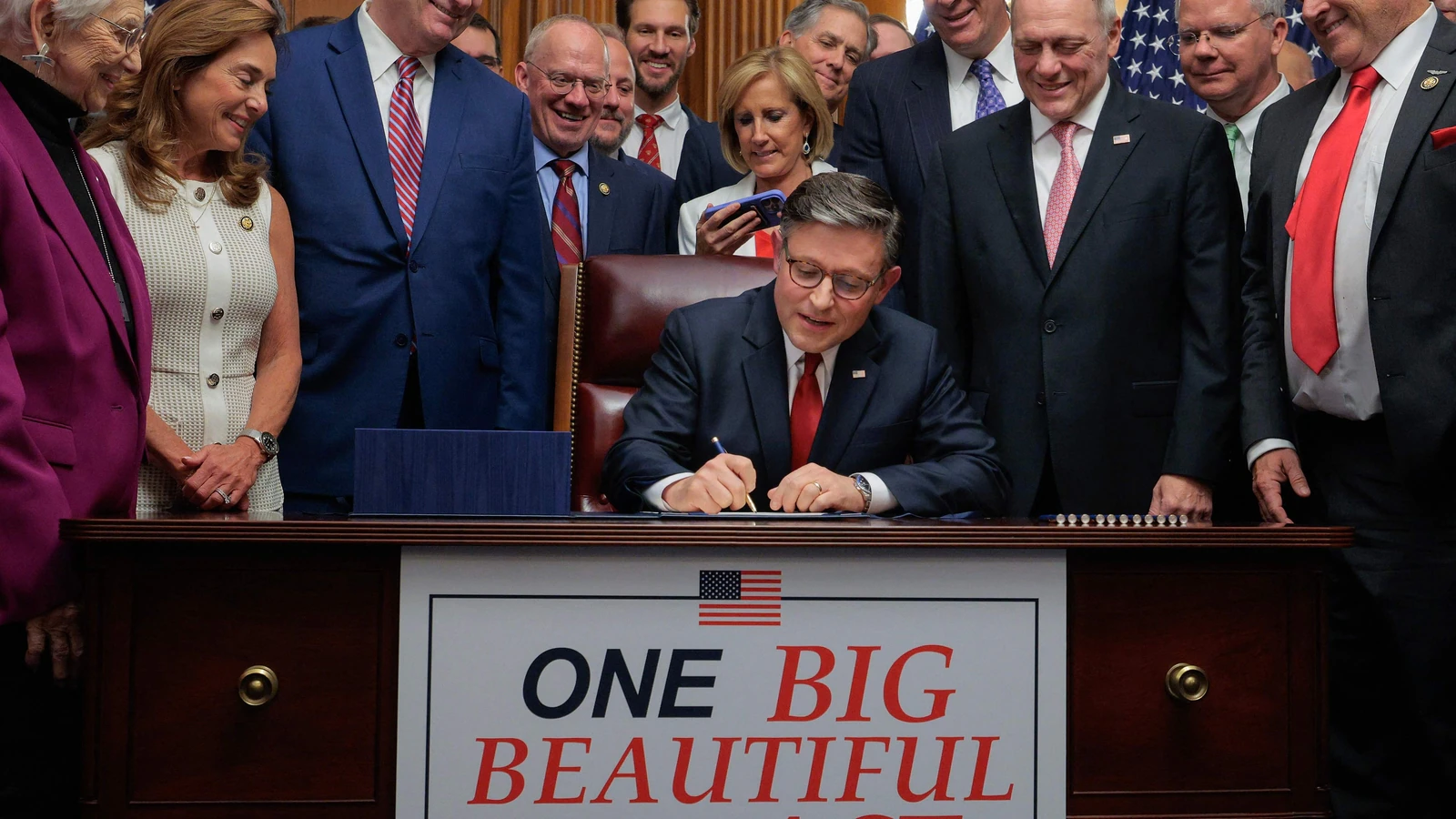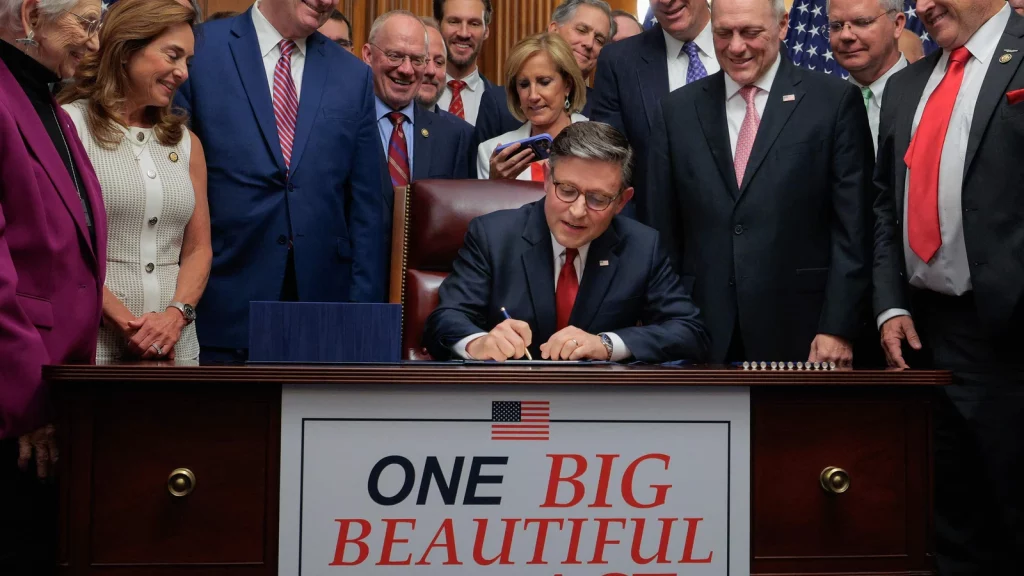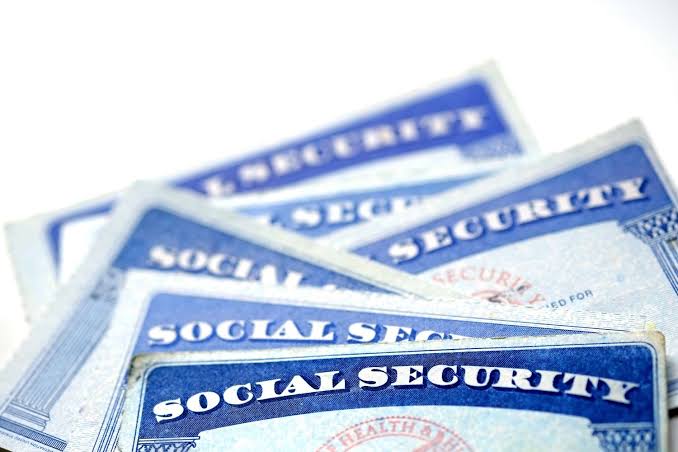If you were holding out hope for another stimulus check from the newly signed “One Big Beautiful Bill,” you’re not alone—but you’re going to be disappointed. Despite the bill’s massive size and headline-making promises, there are no direct cash payments to Americans included in the final legislation. That’s right—no $1,400 check, no gas rebate, and no surprise deposit landing in your bank account this summer.
The idea of stimulus payments had been floated earlier in the legislative process. Former President Donald Trump hinted that the government could share “efficiency savings” with Americans—possibly even using cryptocurrency or rebate accounts—but those ideas never made it past the drafting table. In the end, the bill passed without a single dollar in new stimulus checks.
Instead, the “One Big Beautiful Bill,” signed into law on July 4, 2025, focuses on deep tax cuts for high earners, reduced funding for federal aid programs, and new deductions meant to offset rising living costs. These changes may help certain Americans over time, especially business owners and upper-middle-class families, but they’re not the kind of immediate help many are looking for in a tough economy.

The new law makes the 2017 Trump tax cuts permanent and adds several temporary tax breaks—including deductions for tip income, overtime pay, car loan interest, and extra relief for senior citizens. There’s also an expansion of the child tax credit and the introduction of so-called “Trump Accounts”—new tax-advantaged savings accounts for newborns.
But all of this is structured around tax filings, not direct payments. You won’t see a sudden boost in your bank balance unless you’re filing for a refund or qualifying for credits in 2026 and beyond. For many low-income households, these changes may do little to offset the simultaneous cuts to safety net programs like Medicaid and SNAP.
And those cuts are massive.
The law strips nearly $1 trillion from Medicaid funding over the next decade, and introduces new work and paperwork requirements that could cause millions to lose coverage. SNAP (food stamps) faces similar eligibility restrictions, making it harder for working families to qualify. That means people most likely to benefit from a stimulus check are also the ones facing new hurdles to get basic services.
Why no stimulus this time?
The Biden-era stimulus checks were funded during a pandemic emergency under different economic and political conditions. Today, with rising national debt and inflation concerns, lawmakers prioritized deficit reduction and permanent tax reforms instead of short-term cash relief. While this may please budget hawks, it leaves millions of struggling Americans without the financial boost they were hoping for.
So, if you’ve been refreshing your banking app or waiting for a letter from the IRS—it’s not coming. The “Big Beautiful Bill” may offer long-term financial adjustments for some, but it’s not delivering any instant money.
What can you do now? If you’re impacted by these changes, look into:
-
Adjusting your W-4 or tax withholding to benefit from new deductions
-
Contacting your state’s Medicaid or SNAP office for updated eligibility rules
-
Watching for future relief packages—some lawmakers are already proposing “rescue bills” to address gaps caused by the OBBB



